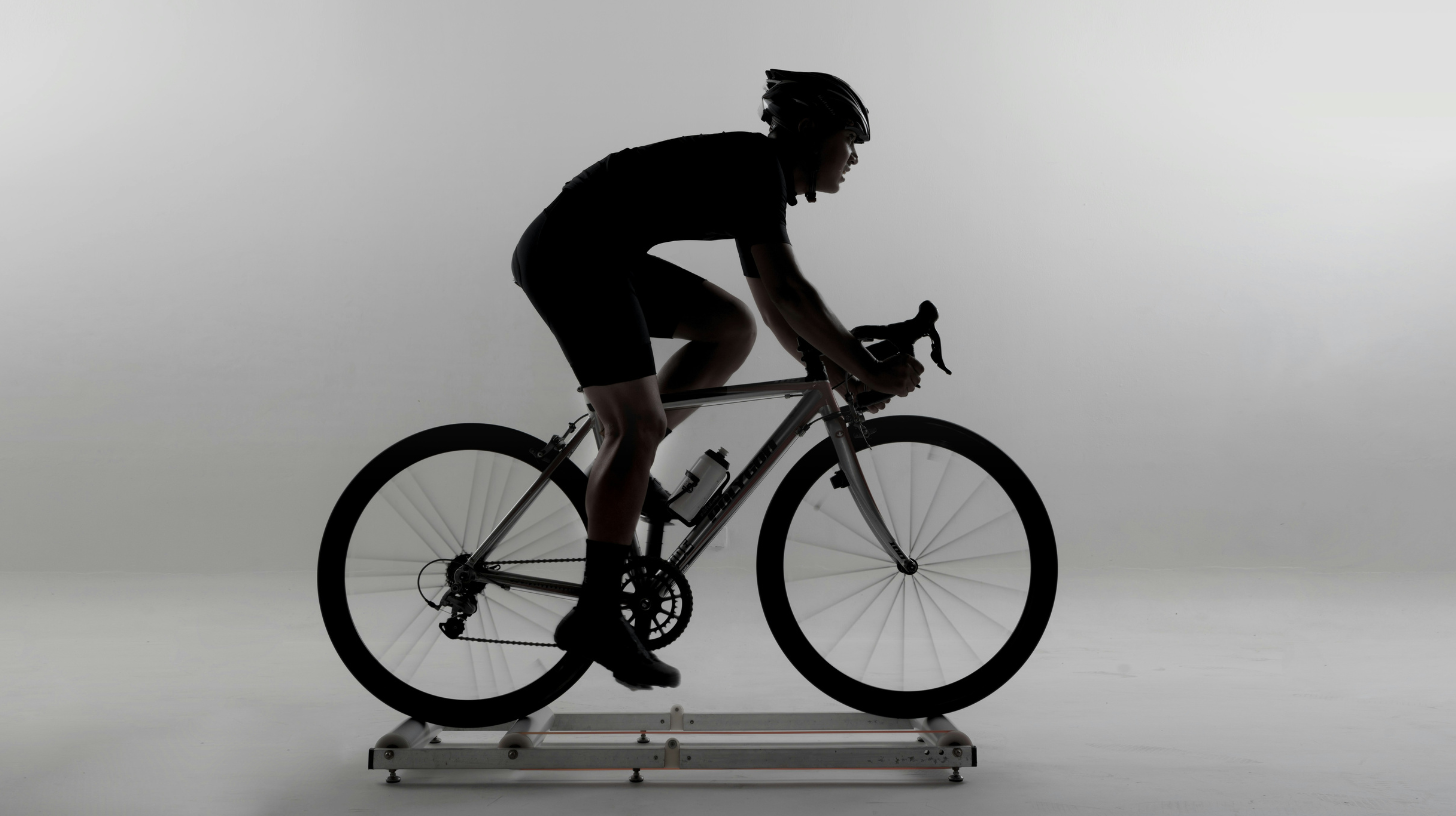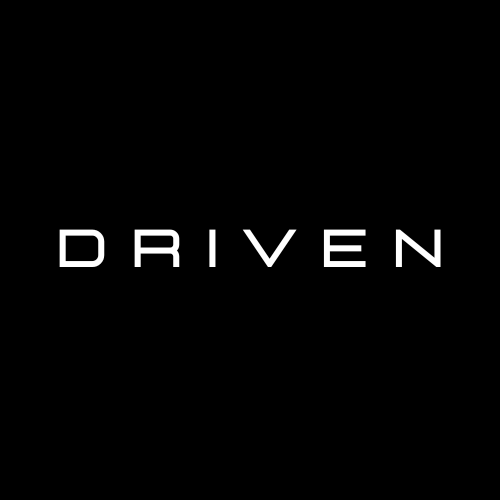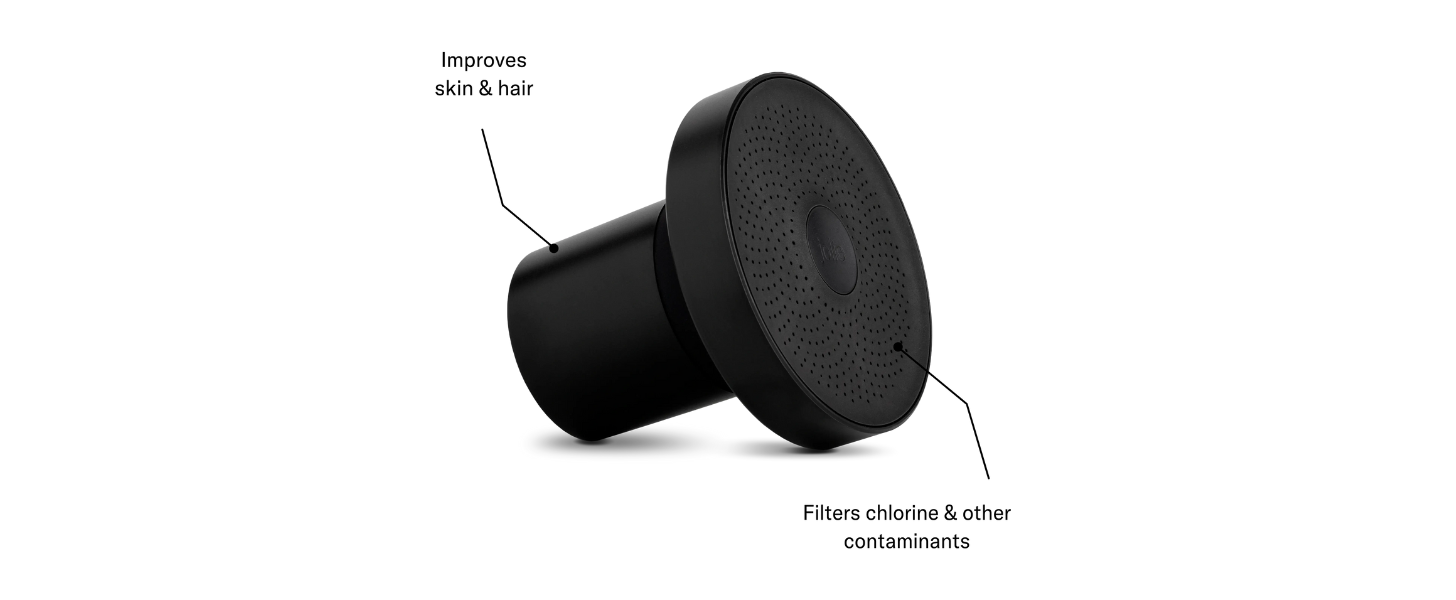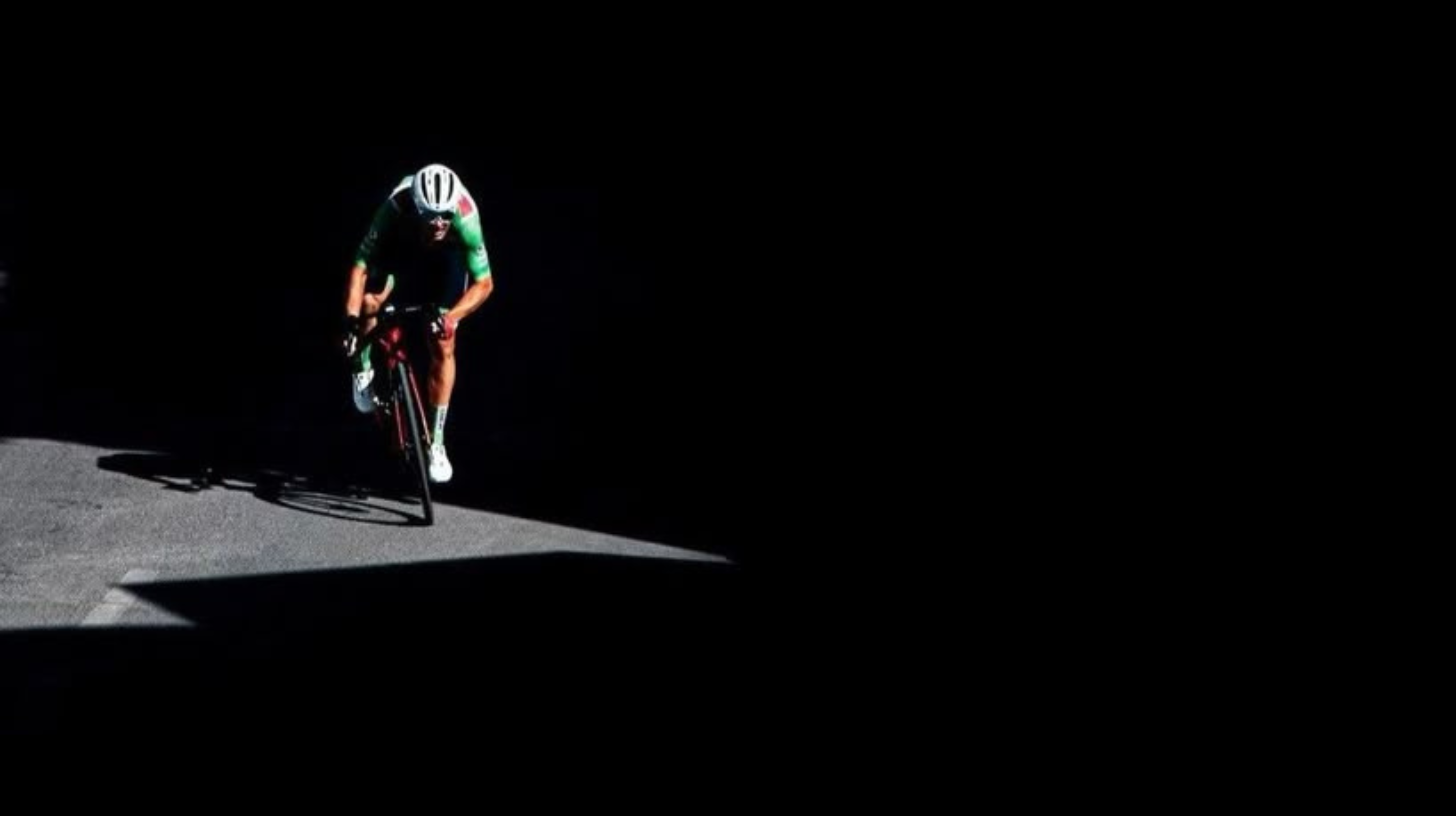07 The Toll of Untapped Potential
When you’re wired for more, doing less isn’t peace—it’s pain. The pain of untapped potential is the most corrosive force in a DRIVEN life. Explore the psychological toll of underperformance, the silent erosion of identity, and why unstructured intensity leads to frustration—not freedom.
Introduction
For DRIVEN individuals, failure doesn’t show up as collapse—it shows up as a ceiling. You’re functioning. You’re winning on paper. But inside, there’s a gnawing tension—an ache for what you’re capable of, but haven’t accessed. That ache? It’s not just ambition.
It’s the pain of untapped potential.
The most dangerous part? You can’t numb it with more wins. The more you accomplish, the louder it gets. Left unaddressed, this silent drag becomes the dominant threat to your performance, your identity, and your sanity.
The Biology of Restlessness
You’re not wired for contentment. DRIVEN individuals experience dopamine differently—your baseline receptor sensitivity is lower¹. That means you don’t get the same reward hit from success that others do.
You don’t feel finished. You don’t feel fulfilled. So you keep pushing, chasing, forcing the next big thing—until the system cracks.
If you’re not actively engineering your life for performance, the cost isn’t just inefficiency—it’s psychological erosion:
Chronic restlessness
Low-grade dissatisfaction
Burnout masked as boredom²
You start questioning the point. Not because you’ve failed—but because you haven’t gone far enough.
Ambition Without Alignment Is a Threat
High dopamine is a double-edged sword. It gives you drive, vision, courage—but if it’s not regulated, it hijacks your system. You become addicted to motion, not progress.
You switch strategies mid-stride.
You chase novelty over mastery.
You build—but don’t sustain.
This is how untapped potential breeds collapse. Not all at once—but slowly, through dissonance. Your biology craves the hunt. But your business and body aren’t built to handle the strain of constant unstructured pursuit³.
Without systems that align your ambition to your biology, success feels thin. And over time, it shows up as:
Fatigue in your execution
Ambivalence in your leadership
Numbness in your wins
The Real Failure: Identity Decay
When high performers stagnate, they don’t just lose momentum—they lose a part of themselves.
The pain of untapped potential is the pain of knowing there’s more in you, but watching time pass without activating it. It’s existential. It feels like you’re betraying your edge. Like you’re becoming the 98% you were never meant to be.
You start to question:
Have I peaked?
Am I wasting my edge?
Is this all there is?
This is where most DRIVEN founders begin to fracture—not from a single burnout event, but from a slow drift into mediocrity. The death of your edge is never loud. It’s subtle. Tolerable. Then permanent.
What’s At Stake: Suppression or Self-Mastery
The opposite of performance isn’t failure. It’s suppression.
If you suppress your DRIVEN nature—your biology, your vision, your intensity—you may still succeed by the world’s standards. But you’ll know. You’ll feel the dissonance. And it will show up in your body, your business, and your relationships.
But here’s the truth: DRIVEN potential doesn’t have to stay untapped. If you design your life around your biology—if you engineer for alignment—you don’t just avoid the toll…
You become unstoppable.
Conclusion
You can distract yourself.
You can stay busy.
You can keep stacking wins.
But you can’t outrun the pain of untapped potential.
Eventually, it catches up.
And when it does, the question won’t be, “What did I build?”
It will be, “Why did I stop short?”
Avoiding failure isn’t about avoiding risk—it’s about refusing to settle. Refusing to be 80% of what you could’ve been. Refusing to let your biology burn you out when it was designed to set you apart.
Reclaim the edge. Harness the drive. Don’t just perform—become who you were built to be.
References
- Salamone, J. D., & Correa, M. (2012). The mysterious motivational functions of mesolimbic dopamine. Neuron, 76(3), 470–485.
- Koob, G. F., & Le Moal, M. (2001). Drug addiction, dysregulation of reward, and allostasis. Neuropsychopharmacology, 24(2), 97–129.
- Volkow, N. D., Wise, R. A., & Baler, R. (2017). The dopamine motive system: implications for drug and food addiction. Nature Reviews Neuroscience, 18(12), 741–752.
- De Manzano, Ö., Cervenka, S., Karabanov, A., Farde, L., & Ullén, F. (2010). Thinking outside a less intact box: dopamine receptor availability predicts divergent thinking. PLoS One, 5(5), e10670.
- Berridge, K. C., & Robinson, T. E. (2003). Parsing reward. Trends in Neurosciences, 26(9), 507–513.














Discussion